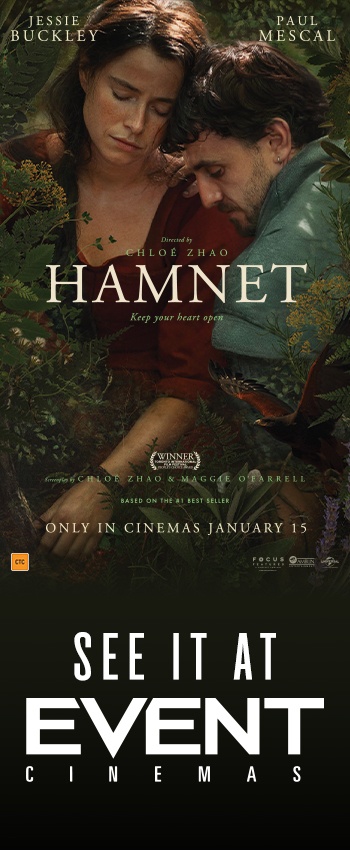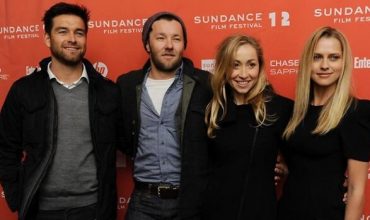David Gulpilil Ridjimiraril Dalaithngu is a proud Yolngu Aboriginal man, coming from Arnhem Land, in the Northern Territory. He’s an actor, singer, dancer, painter, story teller, writer…
You’ve definitely seen him in something.
From ‘Walk About’, to ‘Storm Boy’, to ‘Crocodile Dundee’, to ‘Rabbit Proof Fence’, and ‘The Tracker’… Gulpilil is synonymous with quality Australian film. For fifty years, he’s been helping creatives tell stories, and Australian culture is richer for it.
Now, after a lung cancer diagnosis, David Gulpilil is dying. And so it’s time to tell his own story. As he says, ‘this is the story of my story’. here’s no story like it. And Gulpilil intends to tell it in his own way.
So begins MY NAME IS GULPILIL. It’s a career retrospective. A story of dying with dignity. The joyfulness and sadness of a life lived fully. Honesty about his mistakes. And the loneliness of being so very ill, so far from home. Gulpilil has lived an incredible, impossible life. And it’s coming to an end
MY NAME IS GULPILIL then is, in the best way, a living Wake. For a creative genius, an incredible teacher, and a political activist, who will soon be gone.
David Gulpilil currently lives in Murray Bridge, South Australia. He lives with his minder Mary. She’s amazing, and really deserves her own documentary. Murray Bridge is far away from his homeland of Marwuyu, in North-East Arnhem Land. But he must stay in South Australia. Going home, leaving the hospital and the medication, will certainly kill David Gulpilil. And he knows this: he knows he can only go home to die.
Director Molly Reynolds lets David Gulpilil control the narrative. His focus moves between the past and present. We see him call his family. Some of them come to visit. They plan his funeral. He remembers the names of all his children. He crafts traditional braids and decorations for his final journey.
We also see him slowly dying. Some people might find this difficult to watch.
We see his good days, when he looks as well as ever, and he shines on camera like he always has. And we see his bad days, when he can barely open his eyes, and he can only stagger to the letter box and back.
Like many, I’ve grown up in a culture where death and dying are considered… not exactly shameful… but definitely something that should be hidden away. But Gulpilil is so honest, and so very vulnerable. He’s proud, and he should be proud. What he’s doing is incredible. In this film, we get to share in his last days.
But among the sadness, there are laugh-out-loud moments in MY NAME IS GULPILIL. David is a very funny man. Even when Covid hits South Australia, and he’s isolating at home, he jokes from behind the glass that it’s actually Mary who won’t let him out today. The stories he tells about dining with the Queen, smoking with Bob Marley, and hanging out with Bruce Lee, cannot be beat.
The film clips, from all parts of hDavid Gulpililis career, are also amazing. His career was so prolific, it feels like he was in everything. For anyone who’s watched Australian cinema, it’s a really fun time shouting ‘oh my god, that WAS him, wasn’t it?!’
In 2017, David Gulpilil was given six months to live. He is still alive. He watched MY NAME IS GULPILIL at its launch in Murray Bridge. And so, for now, there’s no final text to this documentary, telling us when he died…
I hope it’s a very long time before that date exists.
Rating: 8/10




